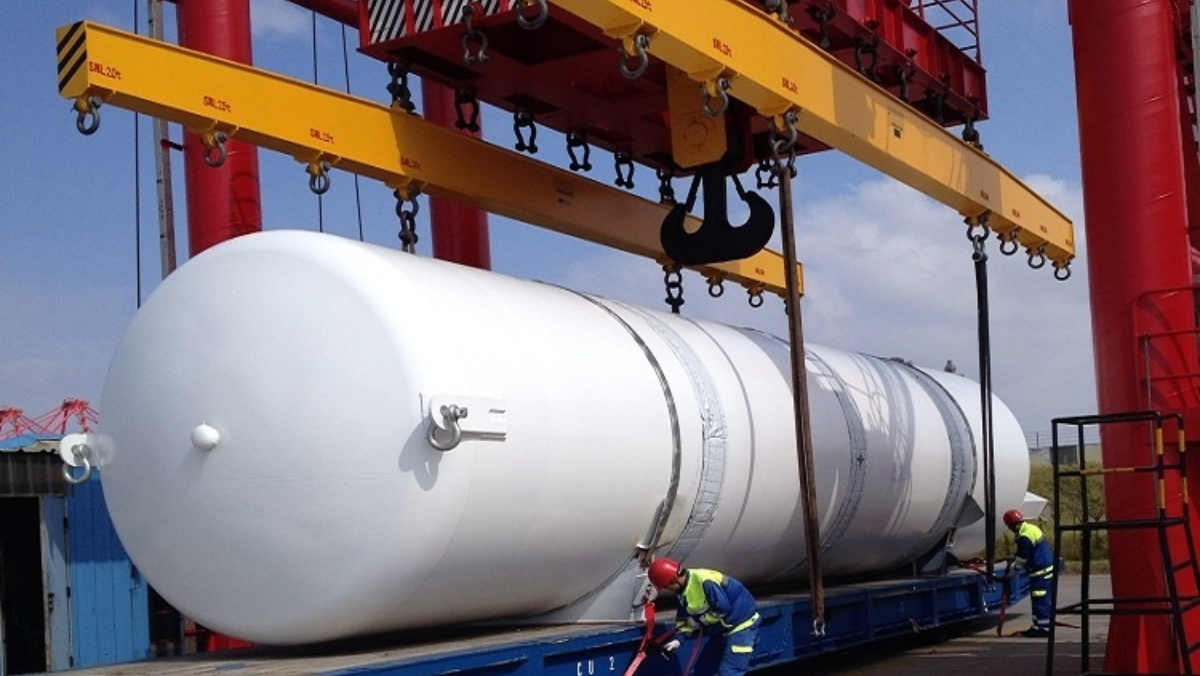INNOVATION
Cold Capture, Hot Stakes: Can Freezing CO2 Scale Up?
France tests cryogenic CO2 capture as Europe hunts deeper industrial cuts
14 Nov 2025

A new carbon capture pilot in northern France is reshaping expectations for how industrial emissions could decline in the years ahead. As European factories face tighter climate rules, a collaboration between Eiffage and the climate tech firm Revcoo has emerged as a closely watched test, drawing attention from analysts, manufacturers and policymakers.
The project is built around a simple idea executed with complex engineering: capturing carbon dioxide by freezing it. At Eiffage’s lime production site in Haut-Lieu, Revcoo’s system cools flue gases to extremely low temperatures until carbon dioxide solidifies, making the captured material easier to handle. The pilot now captures roughly one thousand tonnes of CO2 each year, or about two percent of the site’s emissions. It remains a demonstration rather than a commercial installation, yet its early performance has encouraged both partners. According to company statements, the aim is to expand the system to one hundred thousand tonnes per year by 2030, a scale that could offer heavy industry an alternative to chemical based capture.
The timing is significant. Many European sectors, especially cement and lime, contend with emissions that are embedded in their production processes. This structure has made new technologies essential for deeper cuts. Analysts said electrified cryogenic capture could appeal to manufacturers that have struggled with the cost and operational demands of earlier systems, provided that energy supplies and storage solutions develop at the same pace.
Broader momentum in carbon management is adding to the sense of possibility. Although several high profile investment deals have lifted confidence in carbon capture, utilization and storage, the cryogenic approach in France is still in an early phase. Stakeholders are watching to see whether it can scale reliably, link to regional CO2 transport networks and operate economically once tested under full industrial conditions.
Challenges persist. The freezing based process requires substantial electricity, making long term feasibility dependent on stable power prices, low carbon sources and expanded CO2 storage capacity. Europe’s storage buildout is progressing but remains uneven, and industry groups are urging faster permitting and stronger coordination across borders.
Even so, confidence is growing that cryogenic capture could become a practical option for mid sized industrial sites. For now, the Haut-Lieu pilot offers an early but notable signal of where industrial decarbonization may move next, suggesting that Europe’s low carbon infrastructure is beginning to take shape.
Latest News
14 Nov 2025
Cold Capture, Hot Stakes: Can Freezing CO2 Scale Up?12 Nov 2025
Blockchain Becomes Europe’s Climate Watchdog11 Nov 2025
Carbon Capture Goes Big as Eni, GIP Join Forces7 Nov 2025
Europe’s New Carbon Play: Science Meets Industry
Related News

INNOVATION
14 Nov 2025
Cold Capture, Hot Stakes: Can Freezing CO2 Scale Up?

TECHNOLOGY
12 Nov 2025
Blockchain Becomes Europe’s Climate Watchdog

PARTNERSHIPS
11 Nov 2025
Carbon Capture Goes Big as Eni, GIP Join Forces
SUBSCRIBE FOR UPDATES
By submitting, you agree to receive email communications from the event organizers, including upcoming promotions and discounted tickets, news, and access to related events.